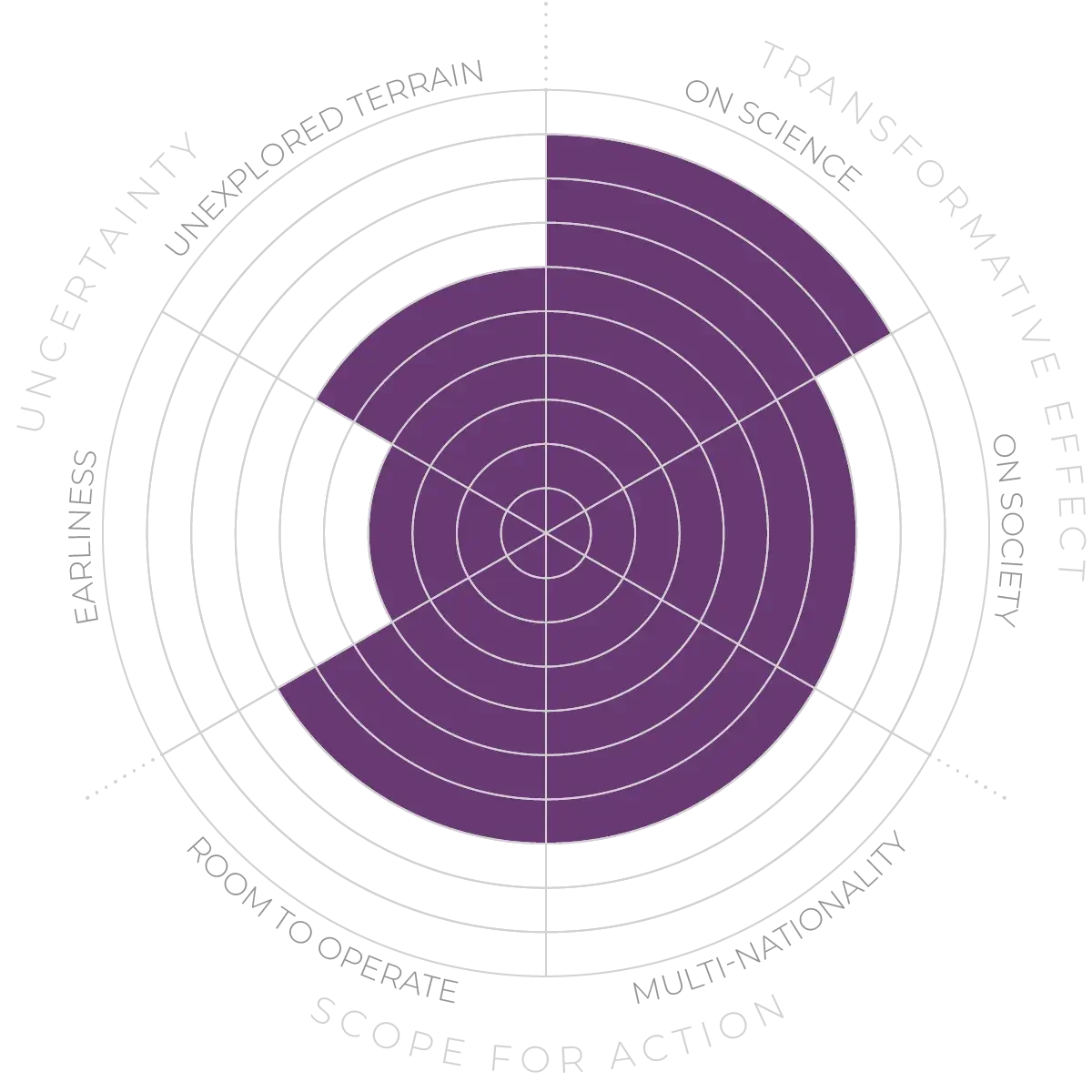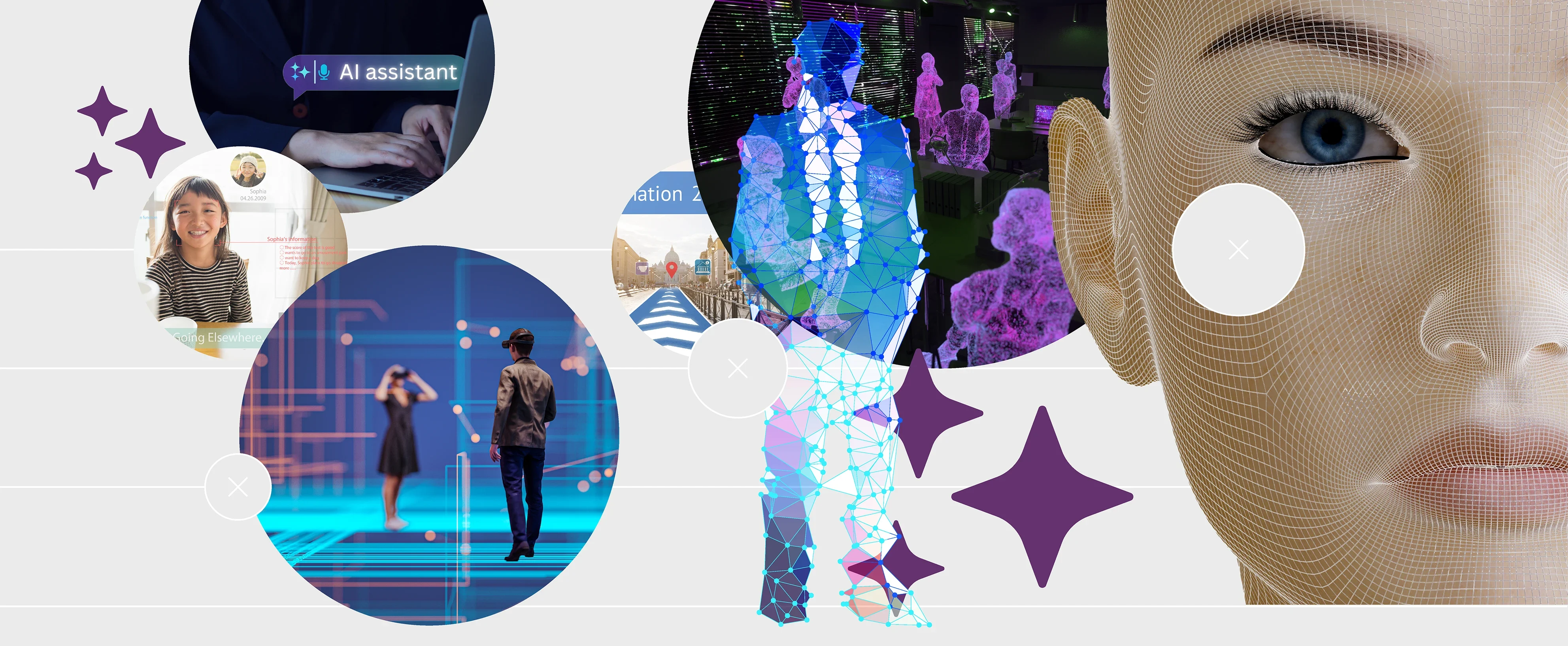Future Horizons:
10-yearhorizon
XR users enjoy an always-on virtual assistant
25-yearhorizon
Users’ everyday reality is powered by XR
The rapidly improving reasoning and decision-making capabilities of large language models now allow them to take control of simulated bodies in virtual environments to solve a variety of tasks.43,44 The ability of these embodied “agents” to communicate in natural language also enables them to collaborate with each other, as well as with humans, to tackle challenges.45 This is opening up the prospect of populating virtual environments with interactive AI characters for both entertainment and to act as digital co-workers.46 Integrating agents into XR devices and providing them with access to their suite of sensors could also enable always-on digital assistants that see the world through the user’s eyes.47
Considerable challenges remain. Even today’s most powerful models exhibit only limited embodied intelligence,48 and our understanding of how AI and humans interact remains rudimentary.49 Evidence suggests that creating useful digital assistants is challenging, and poorly designed AI can often hinder rather than help.50,51
Nonetheless, the possibility raises a host of practical and ethical questions. Should AI agents be embodied in human form, and how will their appearance and personality reinforce social biases? Will users control their own agents, or will they be services provided by companies? Should agents be able to augment how others perceive the user in virtual spaces, adjusting their appearance, movements and even speech? And if agents can digitally alter the user’s XR environment to boost immersion or enhance productivity, how do we ensure this doesn’t lead to deception or manipulation?52
Human-AI interaction - Anticipation Scores
The Anticipation Potential of a research field is determined by the capacity for impactful action in the present, considering possible future transformative breakthroughs in a field over a 25-year outlook. A field with a high Anticipation Potential, therefore, combines the potential range of future transformative possibilities engendered by a research area with a wide field of opportunities for action in the present. We asked researchers in the field to anticipate:
- The uncertainty related to future science breakthroughs in the field
- The transformative effect anticipated breakthroughs may have on research and society
- The scope for action in the present in relation to anticipated breakthroughs.
This chart represents a summary of their responses to each of these elements, which when combined, provide the Anticipation Potential for the topic. See methodology for more information.



